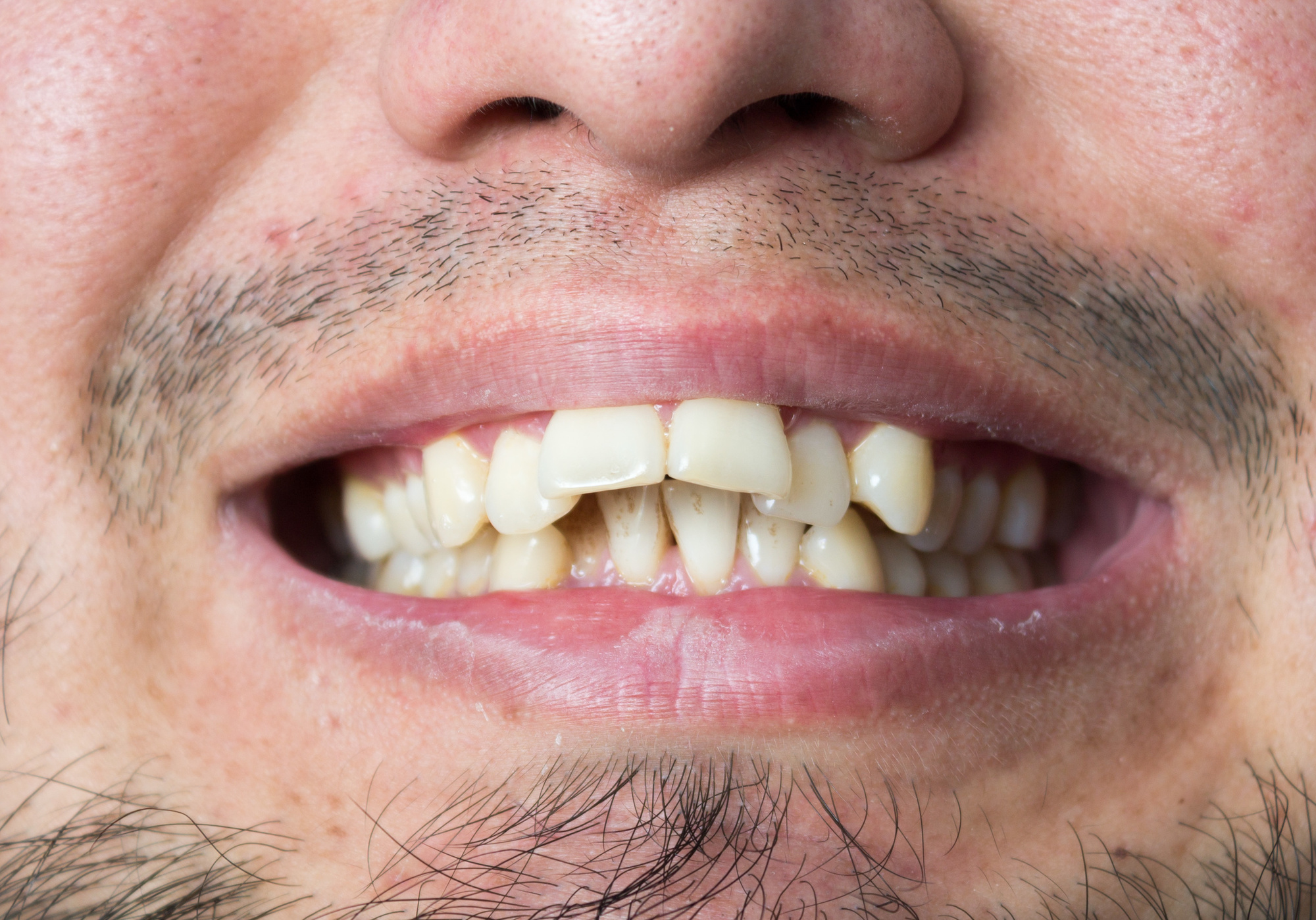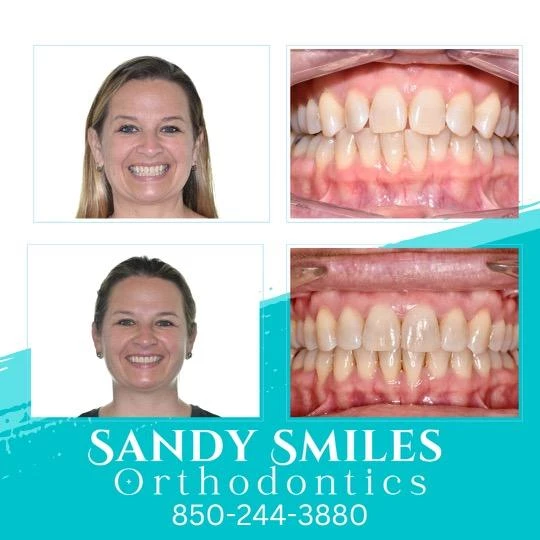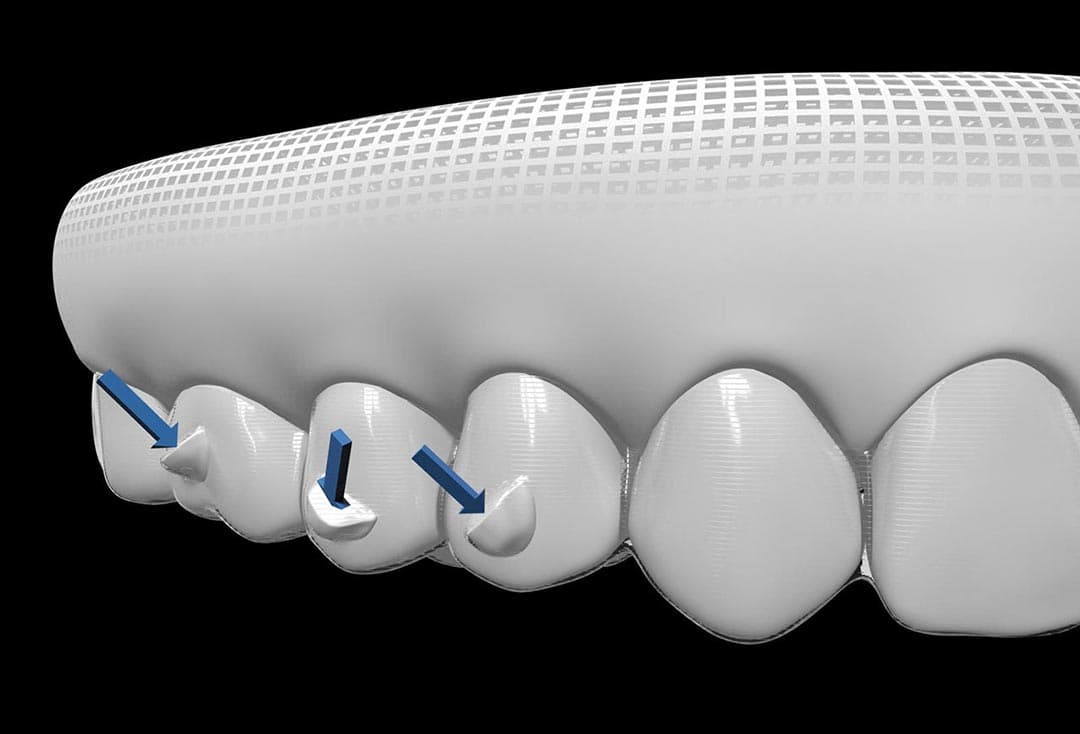Success Stories: How Invisalign Changed Lives and Improved Confidence
Success Stories: How Invisalign Changed Lives and Improved Confidence
Blog Article
Invisalign vs. Typical Dental braces: Which Alternative Is Right for You?
When taking into consideration orthodontic treatment, the option between Invisalign and traditional braces offers a number of vital factors that warrant mindful evaluation. Invisalign provides a very discreet option with detachable aligners, while standard braces provide a much more visible yet reliable option for extreme misalignment. Each choice includes distinct advantages and downsides associated with visual appeals, comfort, therapy duration, and expense. Comprehending these nuances is important for making a notified decision that aligns with your personal preferences and way of life. The concern remains: which alternative will finest meet your orthodontic demands and assumptions?
Introduction of Treatment Options

In contrast, typical dental braces include steel braces and cords that are bound to the teeth. This approach uses constant stress with time to achieve alignment. While reliable for complex orthodontic issues, conventional braces need normal visits for adjustments and can pose obstacles in keeping oral hygiene because of the trouble of cleaning around brackets and cables.
Both choices have their advantages, and the selection often hinges on details oral problems, way of life preferences, and client compliance. Eventually, speaking with an orthodontic professional is important for determining the most appropriate treatment plan customized to private demands. Understanding the subtleties of each alternative can substantially influence the general success of orthodontic therapy.
Visual Factors To Consider
A considerable aspect influencing the selection in between Invisalign and traditional dental braces is the aesthetic appeal each therapy uses. Invisalign aligners are crafted from clear plastic, making them virtually unnoticeable when worn. This discreet appearance is specifically appealing to adults and young adults who might really feel uncomfortable about their orthodontic therapy. The ability to keep an all-natural smile throughout the alignment procedure can substantially boost the patient's self-confidence in social and specialist settings.
In contrast, traditional braces contain metal braces and cables, which can be more noticeable. While advancements in orthodontic modern technology have actually brought about the growth of smaller braces and colored elastics, traditional braces still maintain a more noticeable profile. For some individuals, the presence of braces may discourage them from seeking needed treatment.
Inevitably, the option between Invisalign and conventional dental braces may depend upon individual choices regarding aesthetic appeals. Patients that focus on discretion usually favor Invisalign, while those that are much less worried about exposure might opt for conventional braces. Understanding the visual effects of each choice is vital for making an informed decision that aligns with one's lifestyle and choices.
Comfort and Convenience

In terms of comfort, Invisalign aligners are removable, making it possible for patients to appreciate their favorite foods without great site constraint and keep ideal dental hygiene. Cleaning and flossing are simplified, as the aligners can be obtained throughout these regimens, whereas conventional dental braces need careful steering around braces and wires.
Furthermore, Invisalign's modern system permits for fewer orthodontic check outs. Patients generally get several sets of aligners simultaneously, which can enhance the therapy process and decrease time spent in the orthodontist's chair. In comparison, typical dental braces demand regular adjustments, making them less practical for those with active schedules. Invisalign. On the whole, the convenience and comfort of Invisalign make it an appealing option for several individuals looking for orthodontic treatment.
Treatment Duration and Efficiency
While both Invisalign and conventional dental braces are effective in fixing dental misalignments, the duration of therapy can vary dramatically in between the 2 options. Typically, Invisalign treatment can take anywhere from 12 to check out this site 18 months, relying on the intricacy of the case. The clear aligners work by slowly shifting teeth right into their desired positions, and regular follow-ups with an orthodontist aid make sure progression stays on track.
On the other hand, standard dental braces frequently need a longer dedication, typically varying from 18 months to 3 years. This is due to their fixed nature and the use of cords and braces, which can be extra reliable for extreme imbalances and intricate cases (Invisalign). The therapy efficiency of traditional braces is well-documented, as they permit precise changes and higher control over tooth motion
Inevitably, the choice in between Invisalign and conventional braces may pivot on both the expected therapy period and the particular oral issues available. Consulting with an orthodontist is important, as they can offer customized recommendations based on private requirements, guaranteeing the chosen technique lines up with wanted end results and durations.
Price Contrast and Insurance Choices
Expense plays a considerable role in the decision-making procedure for individuals thinking about orthodontic therapy, whether selecting Invisalign or conventional dental braces. On standard, the cost of Invisalign arrays from $3,000 to $8,000, while conventional braces typically set you back in between $2,000 and $6,000. Factors affecting these costs include the intricacy of the instance, the duration of therapy, and geographical area.
Insurance policy insurance coverage can substantially impact out-of-pocket expenditures. Lots of oral insurance policy strategies provide partial protection for orthodontic therapies, but the specifics can vary widely. It is vital for people to review their insurance plan to determine the extent of insurance coverage for either option. Usually, conventional braces might be extra regularly covered by insurance plans compared to Invisalign, which some insurance companies classify as a cosmetic treatment.
Additionally, a number of orthodontic methods use adaptable repayment strategies, making both treatment alternatives much more obtainable. Patients ought to make inquiries about potential funding alternatives and discounts for ahead of time repayments. Evaluating the overall price, including insurance coverage advantages and settlement strategies, is crucial for making an educated choice that lines up with both aesthetic preferences and spending plan factors to consider.

Final Thought
In recap, the option between Invisalign and typical braces hinges on several factors, consisting of visual choices, convenience, therapy period, and price. Invisalign uses a very discreet, removable choice that assists in oral health and nutritional flexibility, while standard dental More hints braces might be better for complicated oral issues and commonly come with a lower price factor. Inevitably, appointment with an orthodontist is necessary to examine private conditions and establish one of the most proper treatment alternative for achieving optimum oral placement.
When thinking about orthodontic therapy, the choice in between Invisalign and conventional dental braces presents several crucial aspects that warrant careful evaluation.Comparing Invisalign and traditional dental braces reveals unique therapy choices for orthodontic improvement.While both Invisalign and traditional braces are effective in correcting oral misalignments, the duration of treatment can vary substantially between the two options.Cost plays a considerable role in the decision-making procedure for people taking into consideration orthodontic therapy, whether deciding for Invisalign or conventional braces.In summary, the option in between Invisalign and standard dental braces pivots on multiple factors, including visual preferences, comfort, therapy period, and cost.
Report this page